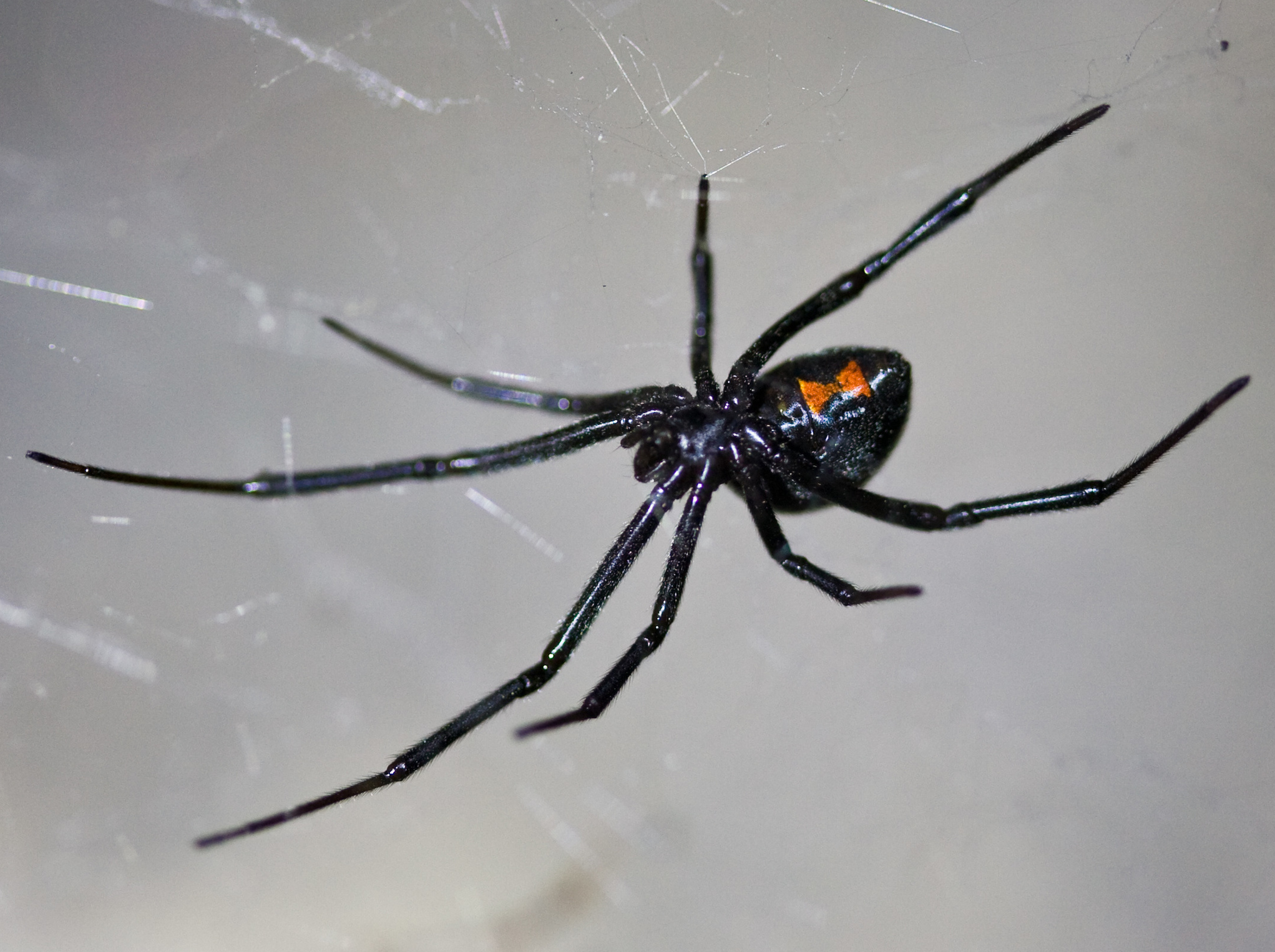All About Black Widow Spiders
Black widow spiders are notorious for their potent venom and distinctive appearance. These spiders are found in temperate regions around the world, including North America. Their venom is highly toxic, and their webs are often located in dark, sheltered areas. Understanding how to identify and manage black widow spiders is crucial for maintaining a safe and pest-free environment.
What are Black Widow Spiders?
Black widow spiders, scientifically known as Latrodectus, are invertebrates commonly recognized by their shiny black bodies and red hourglass markings on their abdomens. They are carnivorous predators that use their webs to catch prey.
How to Identify Black Widow Spiders
- Appearance:
-
- Color: Shiny black body
- Markings: Red-orange hourglass-shaped mark on the underside of the abdomen
- Size:
-
- Females: Approximately 1.5 inches long
- Males: About half the size of females
- Shape: Globular body with long legs
- Web Structure: Irregular and tangled webs close to the ground
Similar Pests:
Black widow spiders can be confused with other spiders like the false widow spider, but the distinctive red hourglass marking on the female’s abdomen helps differentiate them.
Activity and Seasonality
Active Seasons: Black widow spiders are active when temperatures are above 70 degrees Fahrenheit. They can survive lower temperatures by finding shelter.
Lifecycle: Black widow spiders take nearly a year to grow from egg to adult. They overwinter as immature spiders and mature in the spring.
Where to Find Black Widow Spiders in or Around Your House
Common Habitats: Black widows prefer dry, dark locations. Outdoors, they are often found under stones, decks, in woodpiles, and other sheltered areas. Indoors, they hide in cluttered, dimly lit spaces such as basements, garages, and crawl spaces.
Specific Hiding Spots: Look for their webs in sheltered corners, under stored items, and in areas with minimal disturbance. They are often found in firewood piles, hollow tree stumps, and man-made structures like barns and sheds.
How to Get Rid of Black Widow Spiders
Immediate Action: If you spot a black widow spider, avoid direct contact. Use a broom or similar tool to remove webs and spiders from your living spaces.
Professional Treatments: For significant infestations, contact a professional pest control service. Experts can apply targeted treatments to eliminate black widow spiders safely.
DIY Methods:
- Remove Clutter: Minimize hiding spots by decluttering areas where black widows may reside.
- Seal Entry Points: Close cracks and crevices in your home to prevent spiders from entering.
- Regular Cleaning: Regularly clean and vacuum areas where spiders may hide.
How to Prevent Black Widow Spiders
Preventive Measures:
- Clear Debris: Remove piles of firewood and other potential spider habitats from around your home.
- Maintain Cleanliness: Keep basements, garages, and crawl spaces clean and free of clutter.
Home Maintenance:
- Seal Cracks: Ensure that all gaps and cracks in your home are sealed.
- Regular Inspections: Periodically inspect areas prone to spider activity.
Long-term Strategies:
- Monitor: Keep an eye out for signs of spider activity and address them promptly.
- Professional Services: Schedule regular pest control inspections to prevent infestations.
Conclusion
Black widow spiders are both feared and fascinating due to their venomous bite and distinctive appearance. By understanding their habits and implementing preventive measures, you can manage and reduce the risk of infestations in your home.
If you’re dealing with a black widow spider infestation, contact Pest Control Consultants today for a free consultation and effective treatment plan. Our experts at Pest Control Consultants are here to help you ensure a safe and pest-free environment.
